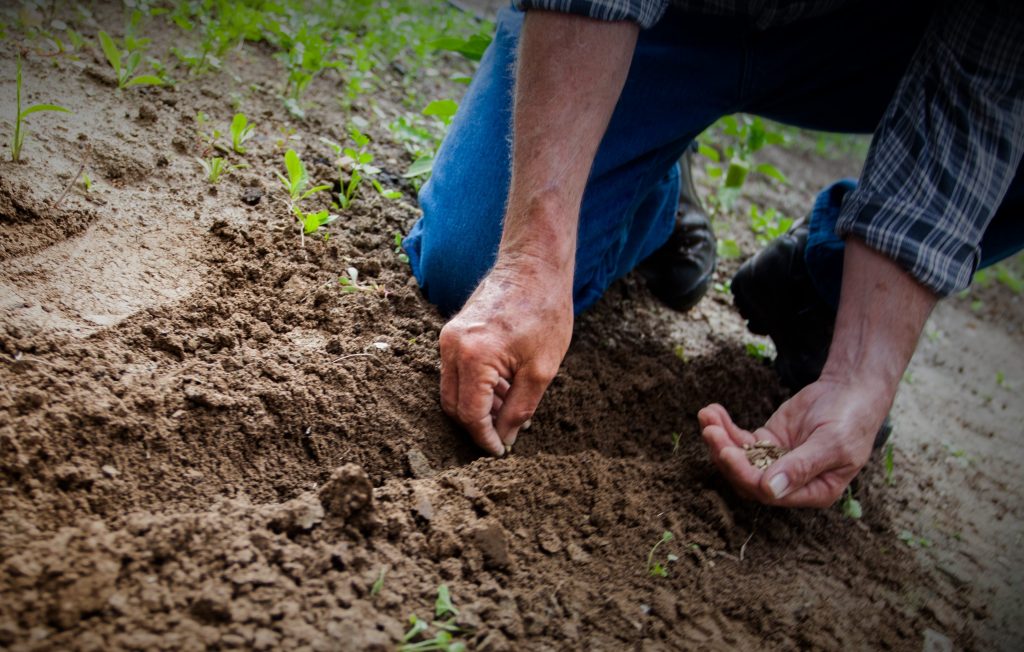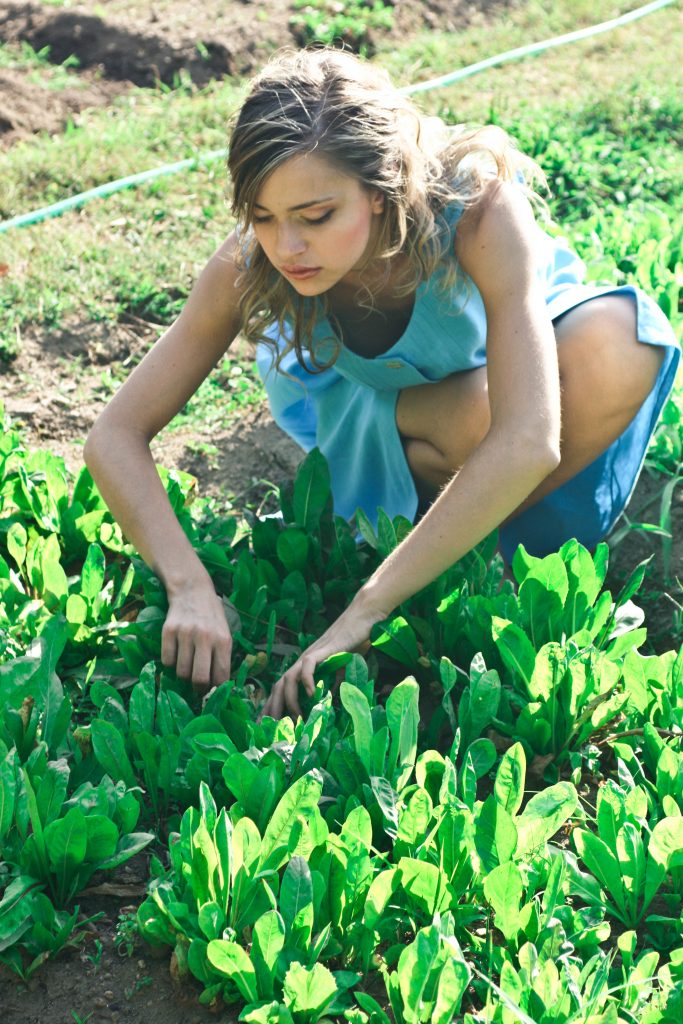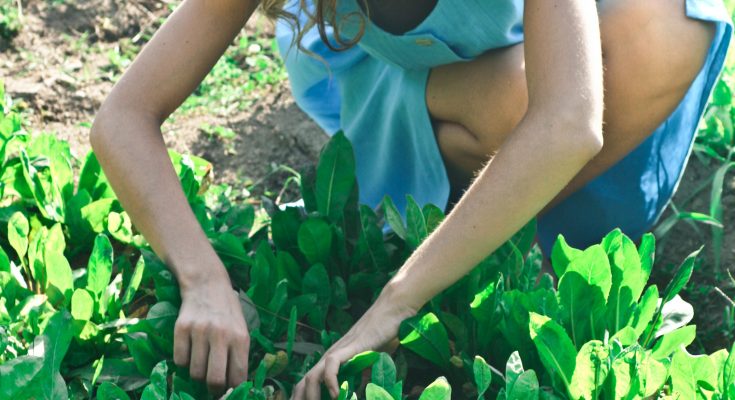Gardening is a great hobby and it gives us lots of benefits, We will randomly discuss gardening benefits a different times, in different articles. And if you want to learn state-of-the-art gardening it’s the best blog for you to join.
Gardening is a great hobby for many people. It can be very relaxing and therapeutic. It is also a great way to get outside and get some exercise and fresh air. If you are new to gardening, or if you are thinking about starting a garden, there are a few certain points you should know for successful gardening. This beginner’s guide for gardening will give you some tips on how to get started.
If you are new to gardening, however, it can be a bit amazing. There are so many different important points to consider, from what type of plants to grow to how to care for them. This beginner’s guide for gardening will help you get started on the right foot. We will cover everything from it can be a bit amusing picking the right location for your garden to choosing the best plants for your climate. By the end of this guide, you will be ready to start your very own garden!

Soil preparation for gardens
The first step in preparing your garden for planting is to check your soil. This will help you determine what type of soil you have and what types of changes you need before seeding and planting, level of calcium, sulfur, potassium, and many other minerals, if any, that need to be made to create a healthy environment for your plants.
Next, you’ll need to till or dig up the soil in the area where you’ll be planting. This will help loosen compacted soils and allow roots to spread more easily. Be sure to remove any large rocks or debris that could impede growth.
Finally, you’ll want to mix some organic ingredients into your soil. This could include compost, manure, or other materials that will improve drainage and increase nutrients available to plants. Once your land for a garden is ready, you can begin planting! And seeding.

Types of plants you want in your garden
Actually, it is a very exciting step to think about and plan what types of plants you should grow in your garden. And a true gardening lover knows that excitement. There are many different types of reasons to consider when choosing plants for your garden, including the climate, weather, soil type, sunlight availability, and fertility of the land. Some people prefer fruit plants, some want flower plants, some require a mixed combination, and some want evergreen plants. Different people have different purposes and tastes in gardening.
Some popular plant choices for gardens include annuals, perennials, shrubs, and trees. Annuals are plants that complete their life cycle in one growing season. Perennials are plants that live for more than two years. Shrubs are woody plants that typically have several stems growing from the base. The trees are large woody plants with a single trunk.
When selecting plants for your garden, it’s important to choose ones that are matched your climate and soil type otherwise it will be difficult to manage the plants, even sometimes your plants do not even grow at maturity level and you get nothing from them. You’ll also need to consider how much sunlight the area receives and whether the area is prone to flooding or drought.
Once you’ve chosen the right plants for your garden, be sure to give them plenty of TLC! Required watering, fertilizing, and pruning will help ensure that your plants stay healthy and thrive.
How to check Seeds quality
When you are starting your garden from any visible damage or mold, it is important to make sure that the seeds you are using are of good quality. There are a few certain points that you must consider when checking the quality of your seeds:
1. Make sure the seeds are fresh – One way to tell if your seeds are fresh is to look at the expiration date on the packet. If the seeds are past their expiration date, they may not be viable. You can also test the viability of your seeds by doing a germination test. Plant a small number of seeds in a moistened paper towel and place them in a warm, dark location. After a few days, check to see if any of the seeds have germinated. If none of them have, it is likely that your seeds are too old and will not produce healthy plants.
2. Look for signs of disease – Another way to check seed quality is to look for signs of disease or pests. Inspect the seed packets closely for any visible damage or mold. Avoid using any seed packets that show signs of pests or disease.
3. Check for genetic purity – When you purchase seed packets from a garden center or online, you should make sure that the seeds are labeled as “pure” or “F1.” This means that the plants grown from these seeds will be true-to-type and will have uniform characteristics. Non-pure (or “open-pollinated”) seeds may produce plants that vary widely in appearance
Points must know before buying seeds
If you’re new to the gardening hobby, there are a few things you should know before buying seeds. Here are some tips to help you get started:
1. Read the seed packet carefully.
When you’re picking out seeds, spend some time reading the packet carefully. This will give you important information about the plant, such as how tall it will grow, when it will flower, and what type of soil it requires.
2. Don’t buy more than you need.
It’s easy to get excited about all the different types of plants you can grow, but resist the urge to buy too many seeds. Start small amount of quantity for your garden and check their results before buying more seeds.
3. Store seeds properly.
Seeds last longer when stored in cool, dry conditions. Keep them in an airtight container away from direct sunlight. And don’t forget to label your containers!
4. Know when to plant.
Different plants have different planting times, so make sure you know when to sow your seeds. Check the seed packet for specific instructions or ask someone at your local nursery for guidance you can also learn from our blog we frequently update you about planting timing and basic guide and you can also search on google you will get a lot of exact knowledge.
Germination process of plants,
When a seed is first planted, it needs water and warmth to start the germination process. The water activates enzymes in the seed that begin breaking down stored food reserves, and the warmth causes the cells to divide. Once these processes begin, the seed starts to grow a tiny root.
As the root grows, it begins to anchor the seed in place and draws up water and nutrients from the soil. The seed also starts to grow a small shoot upward. At this point, the plant is still dependent on its food reserves for energy, but as soon as the first leaves unfurl, it can start photosynthesis and produce its own food.
The germination process can take anywhere from a few days to several weeks, depending on the type of plant and the conditions of the environment. Once a plant has sprouted and cultivated its first set of leaves, it is considered a seedling.
Fertilization stages of plants
There are four main stages of plant fertilization: pre-planting, planting, growing, and maturing, and learn about these stages is very important for an agriculturalist and a gardener for the required results.
Pre-planting: This is when you prepare your garden beds for planting. You want to make sure the beds are loosened and have good drainage. Test your soil pH levels and add amendments if needed. Add a layer of organic matter such as compost or manure to help the plants grow.
Planting: This is when you actually plant your seeds or seedlings in the prepared garden beds. Make sure you plant them at the right depth and space them out appropriately. Water them well after planting.
Growing: This is when the plants start to grow and develop roots. They will need regular watering and may need additional fertilizer depending on the type of plant. Continue to monitor the pH levels of the soil and make adjustments as needed.
Maturing: This is when the plants are fully grown and produce fruits or flowers. You can stop fertilizing at this point unless you are harvesting seeds. Enjoy your beautiful garden!
Insects and fruit fly attack precautions
Insects and fruit fly attack precautions
As a gardener, you should learn to deal with insects and other pests. While some insects are helpful to gardens (such as ladybugs), others can be destructed you should take it seriously. Fruit flies are one of the most common pests in gardens, and they can quickly ruin a crop. and you should take it seriously.
To prevent an attack from fruit flies, take these precautions:
– Check your plants regularly for signs of damage. If you see any holes in the leaves or fruit, that means an indication of a fruit fly infestation. Now it’s time to take action.
– Immediately remove any infected fruits or vegetables from your garden. Do not place these removed plants or leaves in the garden it is an open free offer to fruit flies and other dangerous insects to come again and ruin.
– If possible, cover your plants with netting or another type of physical barrier. This will help keep the fruit flies away from your plants.
– Use traps to catch the fruit flies. There are many different types of traps available commercially, or you can make your own using a jar and some bait (such as overripe fruit). But remember traps are not as effective as medicines and other types of solutions.

Prepare before fruit flies and insects ruin your plants
Before fruit flies and insects ruin your plants, there are a few steps you should do to prepare. First, make sure to plant your garden in an area that gets plenty of sunlight and has well-draining soil. Next, water your plants regularly and fertilize them as required. Finally, keep an eye out for pests and diseases and take steps to control them as soon as possible. By following these simple tips, you can keep your plants healthy and happy all season long!
Types of medicine needed for plants from fruit fly and insect safety
There are different kinds of plant medicine that can be used on plants in order to protect them from fruit fly and insect damage. One medicine that can be used is an insecticide, which will kill any insects that come into contact with the plant. Another medicine that can be used is a repellent, which will keep insects away from the plant actually this type of medicine creates a hate feeling in insects and they decide to keep it away. Finally, there are also natural solutions that can be used, such as homemade traps or planting certain types of plants that repel insects.

